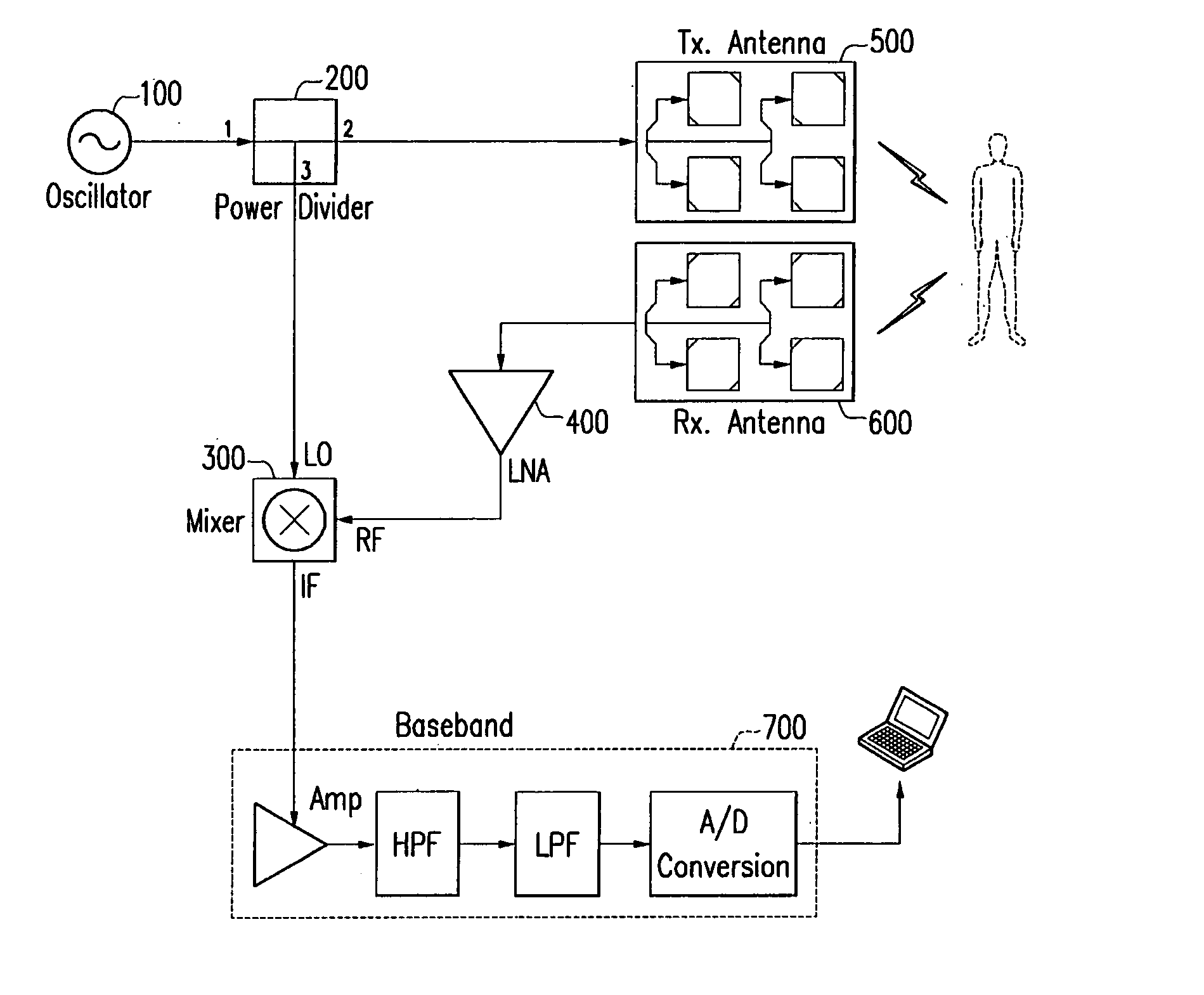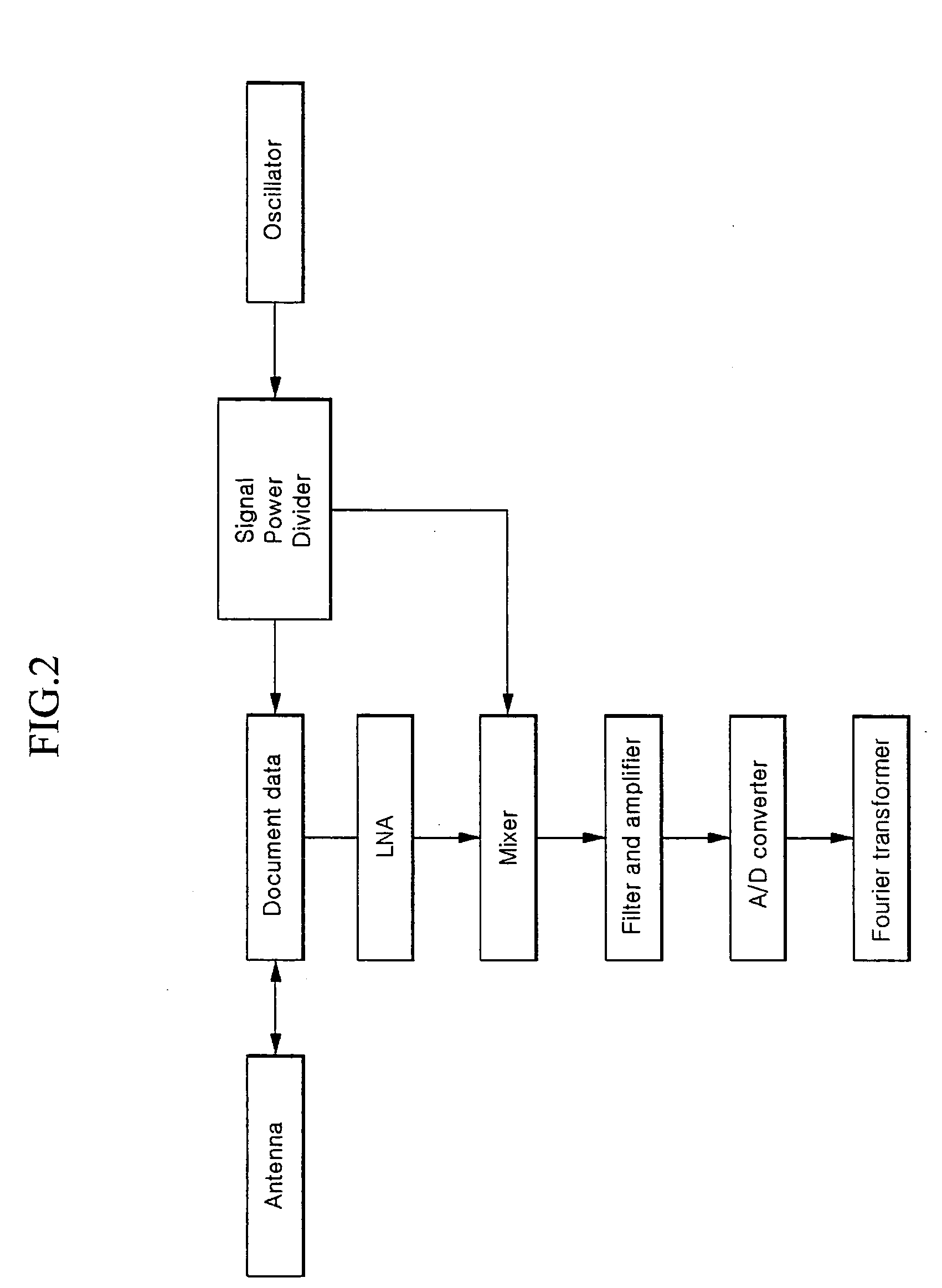Wireless heart rate sensing system and method
a heart rate and sensing technology, applied in the field of sensing heart rate, can solve the problems of not being able to represent data in real-time, requiring manpower to manage equipment, and patents that fail to disclose rf system parts, etc., to achieve low noise, eliminate noise, and compact size
- Summary
- Abstract
- Description
- Claims
- Application Information
AI Technical Summary
Benefits of technology
Problems solved by technology
Method used
Image
Examples
Embodiment Construction
[0029] In the following detailed description, only the preferred embodiment of the invention has been shown and described, simply by way of illustration of the best mode contemplated by the inventor(s) of carrying out the invention. As will be realized, the invention is capable of modification in various obvious respects, all without departing from the invention. Accordingly, the drawings and description are to be regarded as illustrative in nature, and not restrictive. To clarify the present invention, parts which are not described in the specification are omitted, and parts which have similar descriptions have the same reference numerals.
[0030] A transmit antenna and a receive antenna having two different polarized components using circular polarization are used in the preferred embodiment to increase an isolation effect compared to the conventional method for performing both transmission and receiving functions with a single antenna, thereby widening the system's dynamic range, ...
PUM
 Login to View More
Login to View More Abstract
Description
Claims
Application Information
 Login to View More
Login to View More - R&D
- Intellectual Property
- Life Sciences
- Materials
- Tech Scout
- Unparalleled Data Quality
- Higher Quality Content
- 60% Fewer Hallucinations
Browse by: Latest US Patents, China's latest patents, Technical Efficacy Thesaurus, Application Domain, Technology Topic, Popular Technical Reports.
© 2025 PatSnap. All rights reserved.Legal|Privacy policy|Modern Slavery Act Transparency Statement|Sitemap|About US| Contact US: help@patsnap.com



